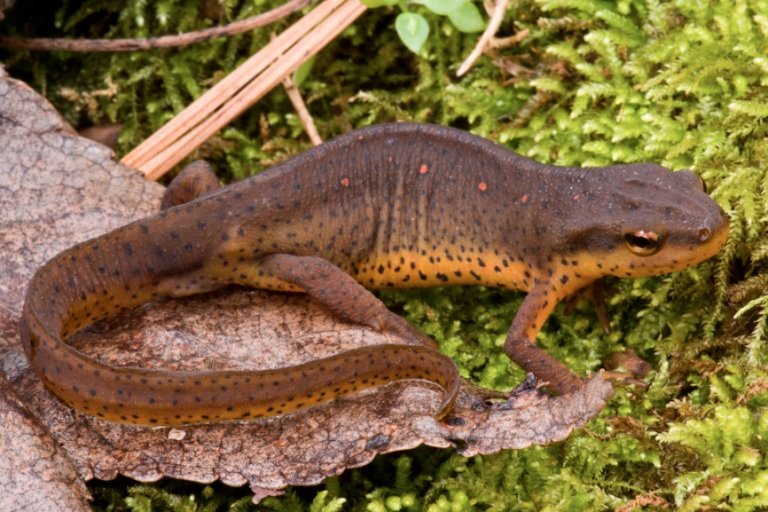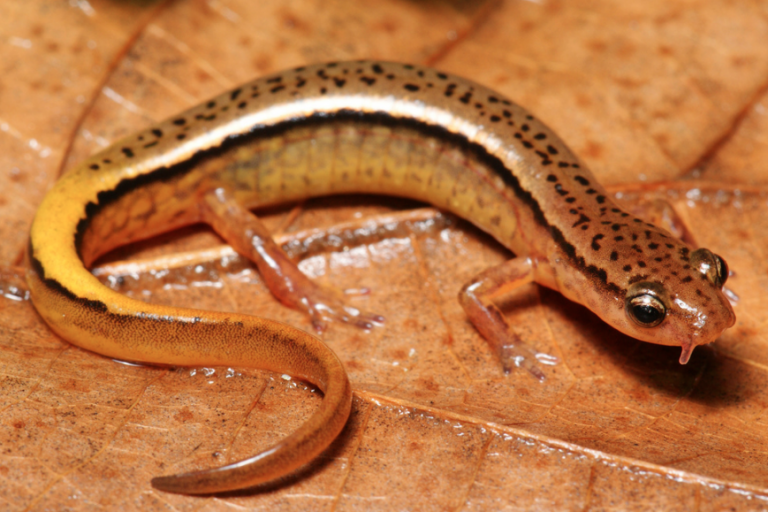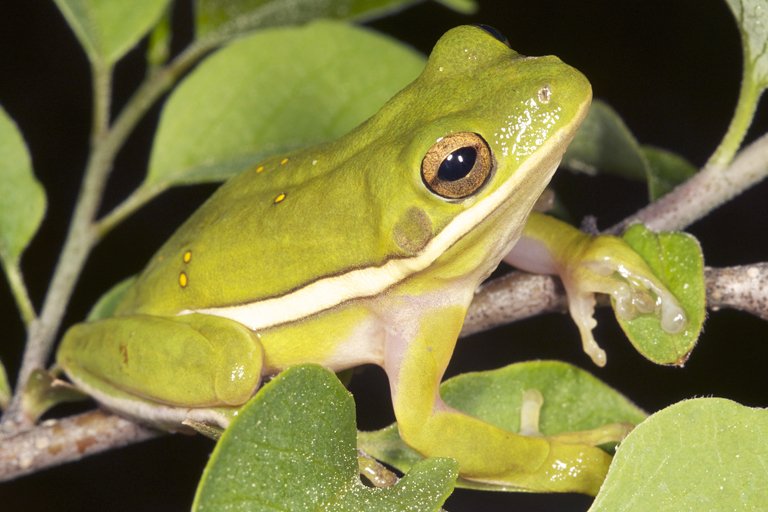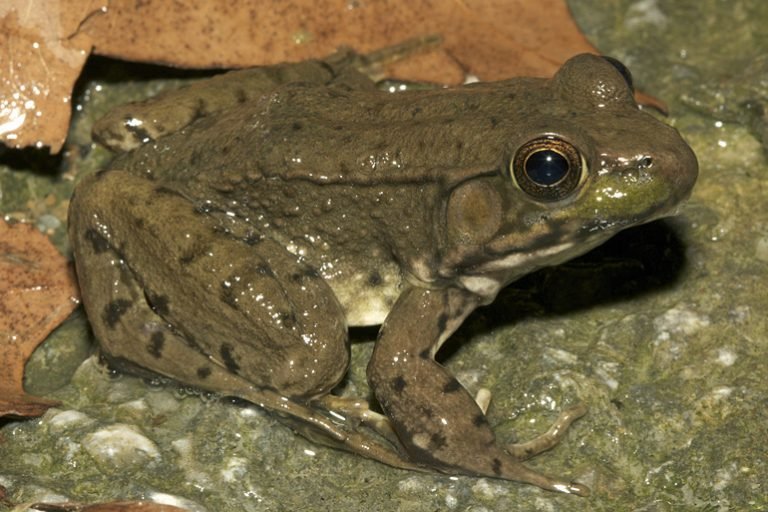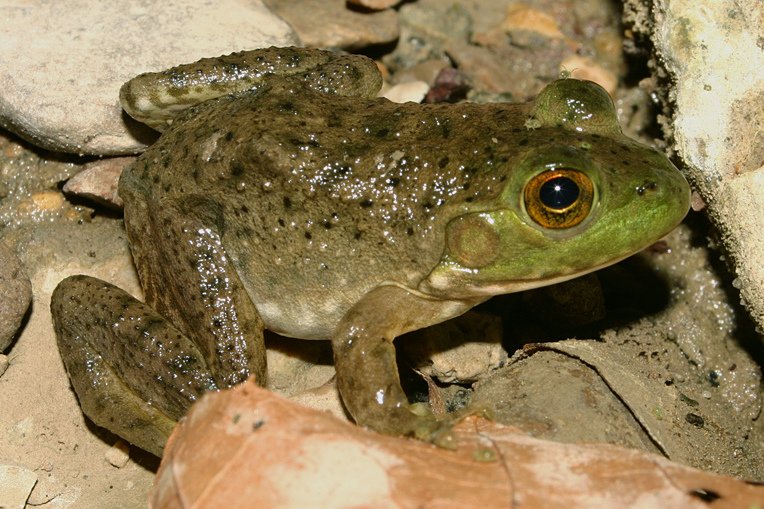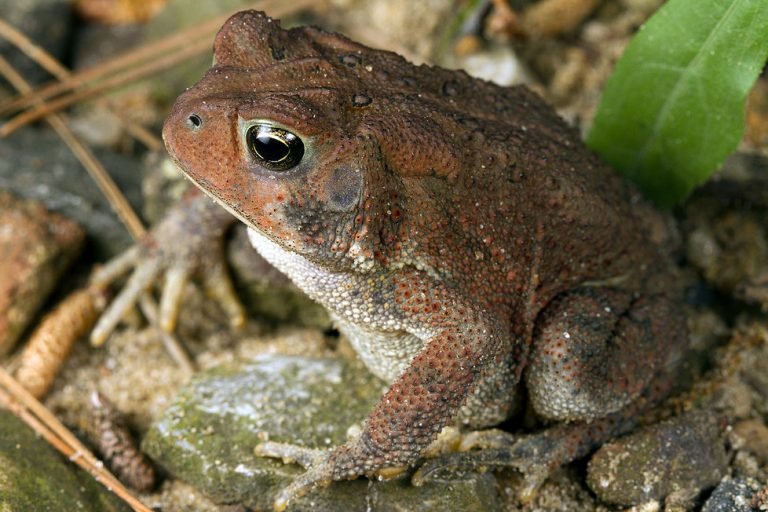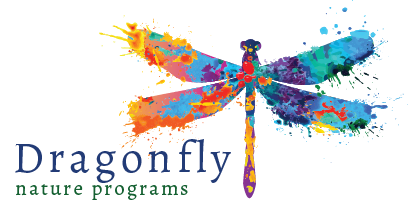In a very distant past life (before we had children, about 14 years ago), my husband traveled a ton for work and I was left home once for an extended period with the dog, my job and our new-to-us home on a quarter acre lot in suburbia. There was a sand box left by the previous owners, sprouting weeds and chunks of…..you know, whatever chunks up in forgotten sand boxes. My idle hands needed an outlet. So, I dug a hole. The sandbox was no more.
I lined the hole with a thick rubber sheet and tried my hand at a decorative but natural looking rocky border. I checked out some books on backyard ponds from the library, and learned to add a beach entry with gravel. I bought some plants. I waited for the rain.
My husband came home to a small pond, five feet across, a rim of no more than 8 inches deep and a deeper middle of about 2 ½ feet. It is nestled between a few deciduous trees collecting dappled light throughout the summer and the full light winter has to offer. The water stays cool year round because of the shade. The fallen leaves give the water a stained coffee coloration.
The transition of my yard from a space designed for low maintenance to a space designed for wildlife began with that hole. And that was purely serendipitous. It wasn’t the goal of my initial work. But as life sprung from the pond and my curiosity led me to authors like Doug Tallamy (“Bringing Nature Home: How You Can Sustain Wildlife with Native Plants”), I learned to re-visit my own preconceived notions of what a yard is, and what it should be. I learned to observe the yards of others, not from a place of toxic judgement but as examples of what my yard can be, should be and most importantly shouldn’t be.
I decided that my yard shouldn’t be sterile. I don’t mean void of life in the sense of a barren space of rocks and gravel, I mean my yard had to grow food, native wildlife sustaining food. All autotrophs, like plants, are the base of every food chain on Earth, capable of harnessing energy from the sun, which animals cannot do. Plants are literally meant to be eaten. But so much landscaping is designed to not be eaten. Most landscaping utilizes plants that aren’t native to our region, therefore they don’t have natural predators and our native herbivores are left to find food elsewhere. On top of creating whole yards void of native food, we also, almost neurotically, spray pesticides to eliminate all the little beasts on Earth we don’t think we should have to share our spaces with. Even if we had native plants that provided a source of food, the pesticides would still interfere with the flow of energy up through an ecosystem, but in a more sinister way, by actively poisoning the living creatures further up the energy chain.
As the New Year often inspires us to consider what we can do differently this year than last, I wonder if you have it in you to reconsider your outdoor space. I am committing to writing about my personal experience of Inviting Hope Home, the hope that comes from sharing a yard with the wonderful critters who are naturally displaced just by virtue of my being here. Take what works for you, leave what doesn’t. As you will see from my shared experience, this has been a process, one that started over a decade ago. I have worked at my own pace. I have had months where my yard was the last thing on my to-do list. I can assure you that this experience did NOT take over my life and it shouldn’t take over yours. But in so many regards, it has enriched my life and has taught me the incredible resilience of nature, which brings me hope. Hope that little pockets of restored habitat can have a positive effect on our environment. Hope that these practices are becoming more mainstreamed. Hope for the health and future of our planet. As Doug Tallamy writes:
“We are at a critical point of losing so many species from local ecosystems that their ability to produce the oxygen, clean water, flood control, pollination, pest control, carbon storage, etc., that is, the ecosystem services that sustain us, will become seriously compromised.”
It is essential to our collective human wellbeing that we restore the wellbeing of our open spaces.
Life Sprung Forth
The rains came and filled up my hole!
As mosquito larvae invaded, I opted for a food chain solution….the cheap goldfish from Walmart! They did their job of gobbling up the larvae, and the birds and neighborhood cats did their job of gobbling up the fish. Then the frogs came. Green frogs, tree frogs, toads, a wonderful chorus of summer sounds….until the bullfrogs showed up. They decimated my green frog population and then, as easily as they came, the bullfrogs left. The empty niche was refilled with green frogs!
I’ve come across turtles in the pond, black rat snakes hunting along the banks. I’ve pulled up dragonfly larvae, aquatic snails and there was the epic discovery of a red eft once. A red shouldered hawk has been sighted, sitting at the pond’s bank, making sure we all know who the top predator of the backyard is.
One afternoon, a flock of literally hundreds of red winged blackbirds took shifts of 10-12 birds at a time to retrieve water from the pond before taking off again to make room for the next group to dive in, over and over and over again. And my wildlife camera has caught raccoons and opossums enjoying the space on their nocturnal rounds.
What I’m saying is, if you build it, they will come! If you don’t want to start with a pond, tune back in for other strategies in the coming weeks. Happy New Year friends, Rachel
See some of the amphibians found in my backyard since the pond was installed. Pictures from the herpsofnc.org website photo credit to Todd Pierson (frogs & toads) and Kevin Stohlgren (Salamanders).
-Green Frog-Bullfrog-American Toad-Red Spotted Newt-Two Lined Salamander-
-Cope’s Grey Tree Frog-Green Tree Frog-
